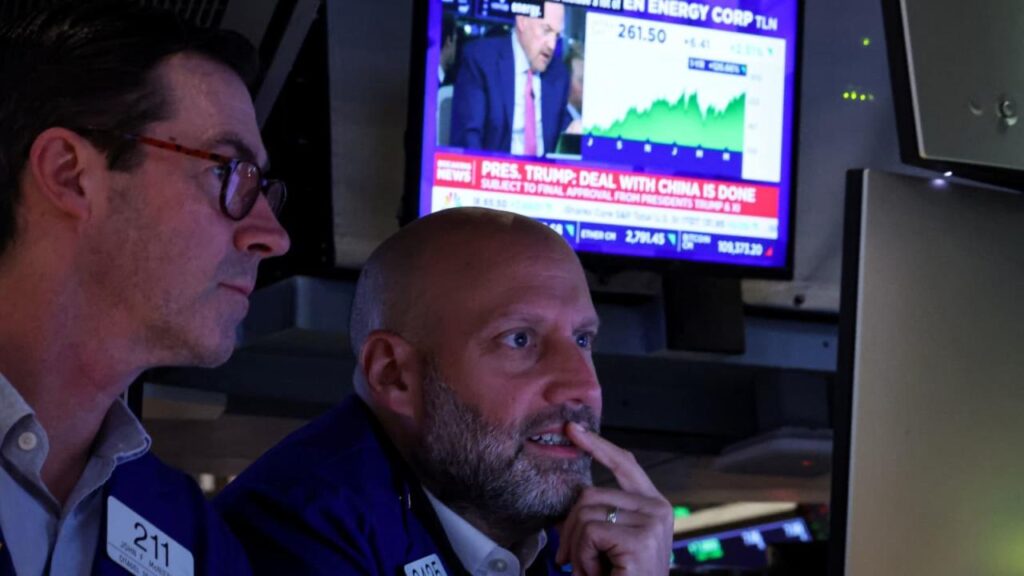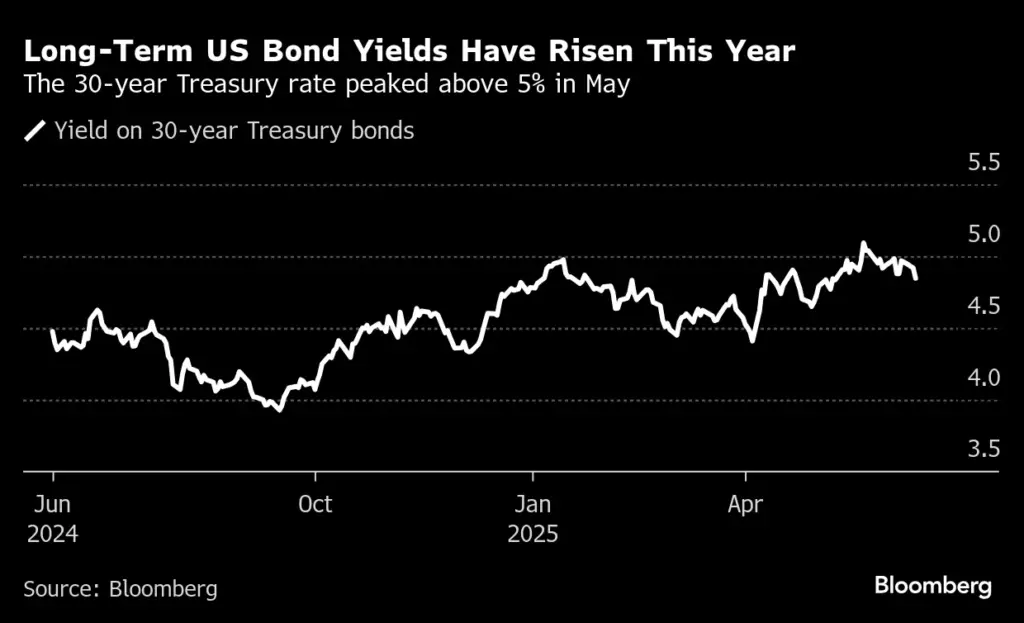While missile strikes light up the Middle East, U.S. Treasury yields are quietly doing something unexpected: they’re climbing. In past crises, investors fled to government bonds, sending yields lower. This time? The opposite. Here’s why surging oil prices, stubborn inflation, and a wait-and-see Fed are flipping the script on conventional market wisdom.

Why U.S. Treasury Yields Are Quietly Climbing
| Insight | Stat |
|---|---|
| Oil spike on conflict | +7% in a day |
| 10-year yield movement | Up ~6–20 bps in a week |
| Fed cut expectations drop | From ~60% to ~40% |
U.S. Treasury yields are rising not despite Middle East tensions, but because of what those tensions mean for oil, inflation, and monetary policy. As fears of a wider war simmer and energy prices climb, the bond market is signaling a new priority: inflation risk over geopolitical fear.
Oil surges, stoking inflation fears
The immediate market reaction to Israel’s strike on Iranian military targets was a 7% spike in Brent crude. That’s the biggest one-day leap since the early Ukraine war days. More than a headline-grabber, this jump ripples through inflation models—and investor nerves.
Higher energy costs mean higher shipping, heating, and food prices. Even if the fighting doesn’t spread, oil hovering above $90 a barrel changes how bond traders think about inflation and, by extension, interest rates.
Safe-haven logic gets upended
Traditionally, when the world looks dangerous, investors pile into U.S. Treasuries. But this time, yields—which move opposite to bond prices—are ticking up. Why?
- First, inflation expectations are heating up with oil. The higher-for-longer view is back in play.
- Second, some institutional players—especially hedge funds—appear to be selling off Treasuries due to margin calls and positioning, adding upward pressure on yields.
- Finally, markets are dialing back hopes for Federal Reserve rate cuts in 2025.
In just one week, the chance of a Fed cut by December fell from nearly 60% to about 40%, according to interest rate futures.
The Fed’s tightrope walk
Even as May’s Consumer Price Index showed a modest 0.1% month-over-month rise, sticky core inflation remains a thorn in policymakers’ side. With oil moving up, the Fed has to balance inflation control with economic stability.
During last week’s meeting, Fed Chair Jerome Powell reiterated their cautious stance—”not yet confident” inflation is under control. That message reinforced bond market jitters.

Market mechanics: what’s really moving yields?
This yield uptick isn’t just sentiment—it’s math, liquidity, and risk recalibration. Here’s a snapshot:
- Oil-driven inflation changes rate expectations.
- Fed in wait mode reduces the case for locking in long-term bonds.
- Hedge fund unwinding adds selling pressure on the long end of the yield curve.
From my time reporting on the 2014 oil crash and 2022 bond rout, I’ve rarely seen markets pivot so fast from geopolitical fear to inflation anxiety. The story used to be “safe haven first.” Now it’s “What does this mean for rates?”
Global ripple effects
It’s not just the U.S. German and UK yields also nudged higher last week, showing this is a broader rethink of inflation risk—not just local panic. Traders are watching shipping patterns, especially near the Strait of Hormuz, which carries nearly a fifth of global oil.
Will this trend continue?
That depends on three things:
- Does the conflict spread? If it escalates into a regional war, expect a renewed safe-haven rush.
- Do oil prices stay elevated? Prolonged prices over $100/barrel could reignite 2022-style inflation fears.
- What does the Fed signal next? Another “no cut” message at the July meeting could cement higher yields.
A broader shift in bond behavior
More than a one-week anomaly, this yield rise hints at a shift in how markets interpret global shocks. Inflation has become the dominant concern—even more than war. As long as that holds, don’t be surprised if bond prices act more like risk assets than refuges.






